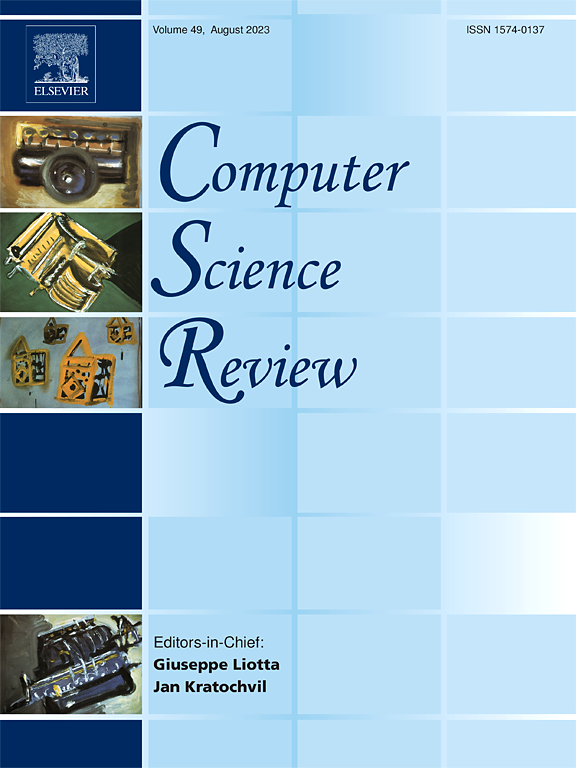What can artificial intelligence do for soil health in agriculture?
IF 12.7
1区 计算机科学
Q1 COMPUTER SCIENCE, INFORMATION SYSTEMS
引用次数: 0
Abstract
The integration of artificial intelligence (AI) into soil research presents significant opportunities to advance the understanding, management, and conservation of soil ecosystems. This paper reviews the diverse applications of AI in soil health assessment, predictive modeling of soil properties, and the development of pedotransfer functions within the context of agriculture, emphasizing AI’s advantages over traditional analytical methods. We identify soil organic matter decline, compaction, and biodiversity loss as the most frequently addressed forms of soil degradation. Strong trends include the creation of digital soil maps, particularly for soil organic carbon and chemical properties using remote sensing or easily measurable proxies, as well as the development of decision support systems for crop rotation planning and IoT-based monitoring of soil health and crop performance. While random forest models dominate, support vector machines and neural networks are also widely applied for soil parameter modeling. Our analysis of datasets reveals clear regional biases, with tropical, arid, mild continental, and polar tundra climates remaining underrepresented despite their agricultural relevance. We also highlight gaps in predictor–response combinations for soil property modeling, pointing to promising research avenues such as estimating heavy metal content from soil mineral nitrogen content, microbial biomass, or earthworm abundance. Finally, we provide practical guidelines on data preparation, feature extraction, and model selection. Overall, this study synthesizes recent advances, identifies methodological limitations, and outlines a roadmap for future research, underscoring AI’s transformative potential in soil science.
人工智能能为农业土壤健康做些什么?
人工智能(AI)与土壤研究的结合为促进土壤生态系统的理解、管理和保护提供了重要的机会。本文综述了人工智能在土壤健康评估、土壤性质预测建模以及土壤转移函数在农业领域的发展等方面的应用,强调了人工智能相对于传统分析方法的优势。我们确定土壤有机质下降、压实和生物多样性丧失是最常见的土壤退化形式。强劲的趋势包括创建数字土壤图,特别是使用遥感或易于测量的代理来绘制土壤有机碳和化学特性,以及开发用于作物轮作规划的决策支持系统和基于物联网的土壤健康和作物性能监测。在随机森林模型占主导地位的同时,支持向量机和神经网络也被广泛应用于土壤参数建模。我们对数据集的分析揭示了明显的区域偏差,热带、干旱、温和大陆和极地冻土带气候尽管与农业相关,但代表性仍然不足。我们还强调了土壤属性建模中预测-响应组合的差距,指出了有前途的研究途径,如通过土壤矿物氮含量、微生物生物量或蚯蚓丰度来估计重金属含量。最后,我们提供了关于数据准备、特征提取和模型选择的实用指南。总的来说,这项研究综合了最近的进展,确定了方法上的局限性,并概述了未来研究的路线图,强调了人工智能在土壤科学中的变革潜力。
本文章由计算机程序翻译,如有差异,请以英文原文为准。
求助全文
约1分钟内获得全文
求助全文
来源期刊

Computer Science Review
Computer Science-General Computer Science
CiteScore
32.70
自引率
0.00%
发文量
26
审稿时长
51 days
期刊介绍:
Computer Science Review, a publication dedicated to research surveys and expository overviews of open problems in computer science, targets a broad audience within the field seeking comprehensive insights into the latest developments. The journal welcomes articles from various fields as long as their content impacts the advancement of computer science. In particular, articles that review the application of well-known Computer Science methods to other areas are in scope only if these articles advance the fundamental understanding of those methods.
 求助内容:
求助内容: 应助结果提醒方式:
应助结果提醒方式:


